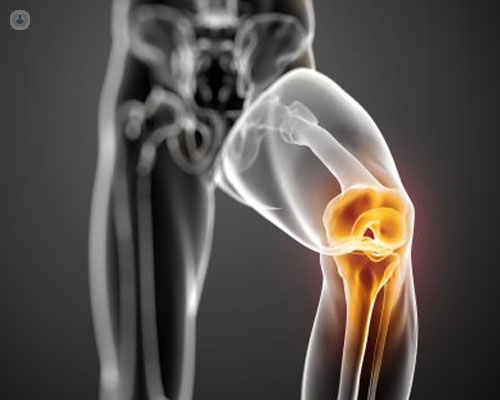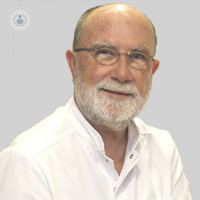Growth factors and rheumatology
Written by:Growth factors are proteins that are in all the cells of the body, the richest are the platelets of the blood. They are in an inactive state, when there is an external aggression they activate and their function is to stimulate the regeneration of organic tissues in general, but also, in recent years it has been discovered that they have a very important anti-inflammatory action.
Applications of growth factors
The most common applications are in knees and hips, but also in tendinosis of the shoulders or other locations and, lately in the spine. Any degenerative, joint, muscular or tendinous problem.

The technique involves taking a small amount of blood, which is usually like an analysis, and centrifuging it to separate the plasma from the red blood cells.. The platelet-rich plasma is recovered and we obtain the cells that bring more growth factors, but which are inactive.
The activation of growth factors occurs by adding calcium chloride, which the body already produces naturally when there is a trauma, but we have to apply to produce activation, and this plasma with the activated factors we apply in the area that we want to try. It is a very simple technique, even more, because now it can be done in the same act, the patient draws blood, centrifuges, follows the whole process and makes the application.
Treatment duration
Experience indicates that when large joints are treated, especially those of load: knees and hips, the best way to obtain a response is to make four applications with about 3-4 weeks of rest between each of the first three applications. the two months we do the fourth session, what we call a reminder. In other locations the most frequent are three applications.
Benefits of growth factors
Rheumatologists try to delay or avoid surgery. We intend to vary the evolution of the degenerative processes of the tendon or cartilage, which we know that when it begins its progression does not stop, and we try to modify this evolution to make the cartilage more resistant. Another objective is to improve the symptomatology of the patient, reducing inflammation and the pain he suffers.
More information about the treatment at http://www.doctorgraell.com/


